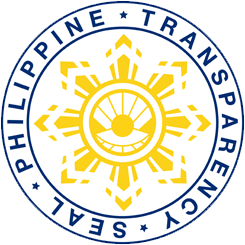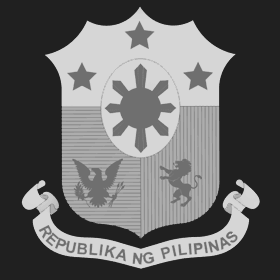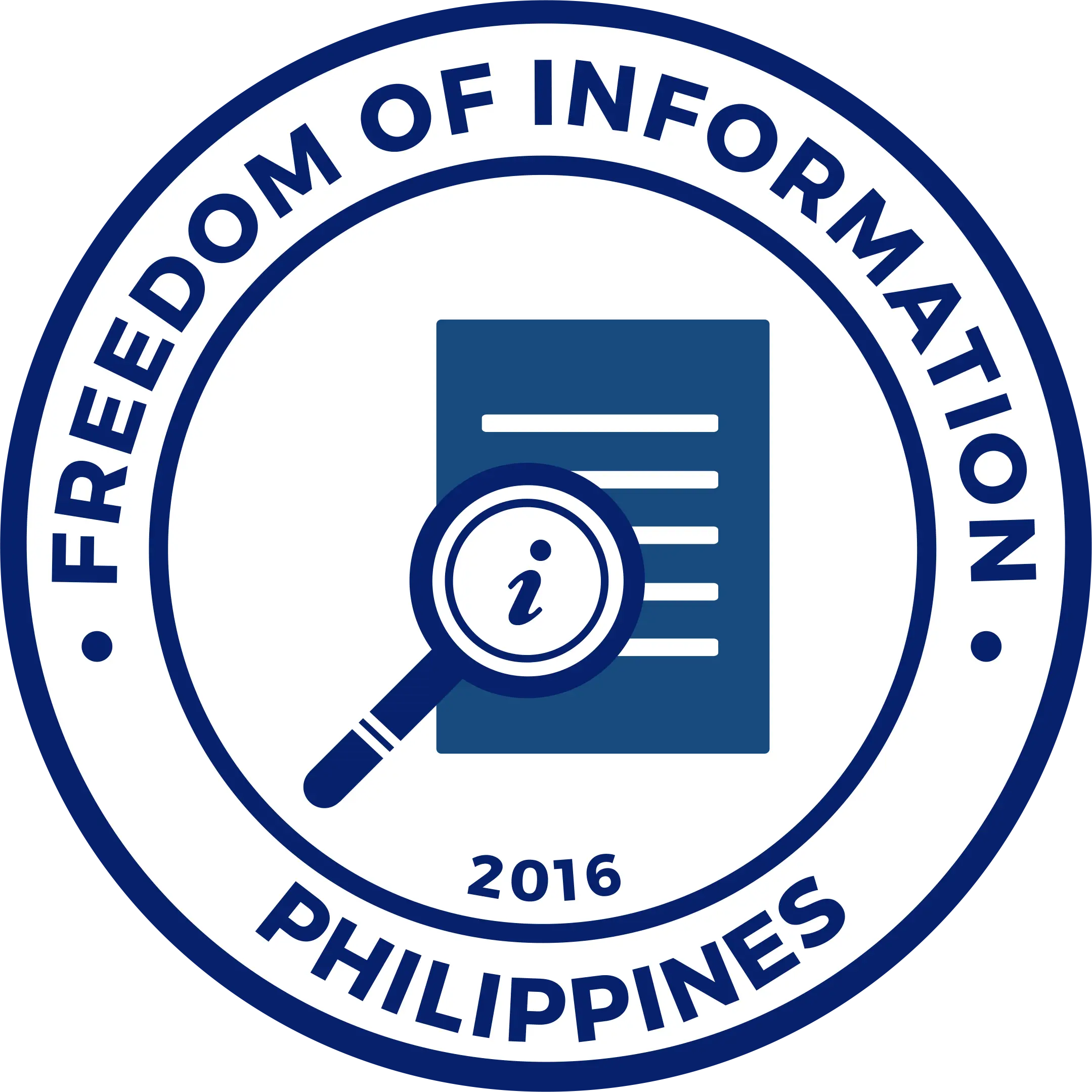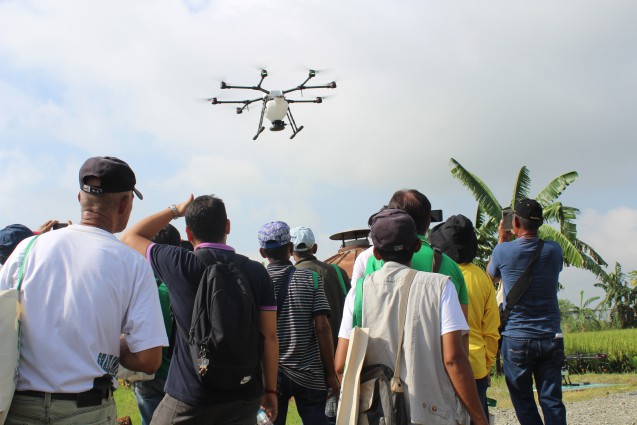
Photo by Allan C. Biwang, Jr
“Yung lumilipad.”
This is the typical response of the farmers to the question on the most memorable part of the recent wet season Lakbay Palay, a bi-annual field day organized by PhilRice for farmers to learn about the latest rice farming technologies. The farmers pertain to the drone sprayer demonstration conducted as part of exploring the technology for rice R&D. Along with this fascination, farmers’ curiosity was also replete of its uses, benefits, and costs.
Uses and benefits
Bryce Mitchell from My Drone Services, a Pampanga-based private company that specializes on drones said that agricultural drones are used in aerial spraying of pesticides, fungicides, foliar fertilizers, and nutrients; plant counting and health analysis; topographical mapping; and security surveillance.
He said that the features are possible because the drones use information and communication technology to ensure precise farm management.
When farmers use drone sprayer, Mitchell said that health risk from hazards is reduced and that it is more feasible to spray during night time when less people are likely to be around and be in contact with chemicals. It also shortens spraying time from hours to just minutes per hectare, and lessen the manpower involved.
Meanwhile, Nehemiah L. Caballong, Information Systems Research III from PhilRice, said that other sprayable materials like fertilizers could also be used with drones.
Anthony Tan from New Hope Corporation, a Davao-based private drone company said that drone sprayer also work to minimize financial risks as some drone units provide a post-spray report, which documents the flight path and the total volume sprayed.
“Spray business is prone to abuse; nobody really knows how the rice field was sprayed until it’s too late. Transparency helps mitigate risk for the financiers,” he said.
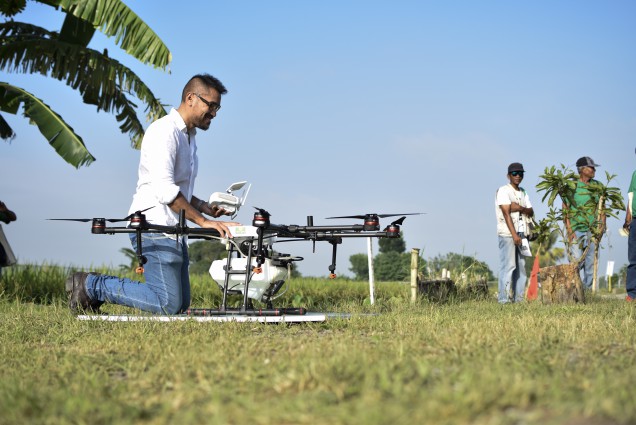
Photo by Hannah Mae Tolentino
Costs and savings
Sure, uses and benefits are there. But how would this technology affect the pockets of the Filipino farmers?
Investing on a unit of drone sprayer entails a hefty investment roughly ranging from P500,000 to a million pesos. However, drone spraying can be made accessible to farmers through service providers at a price roughly ranging from P850 to P1,500 rental fee per hectare.
Mitchell and Tan also gave estimated data on savings in terms of input reduction. In general, they said, using drone sprayer can reduce pesticide volume up to 30-40%, minimize pilferage of chemicals, and save water up to 90%.
Roger Barroga, Information Technology Officer III from PhilRice, also said that drone sprayer only uses 16 liters of a specific fungicide per hectare while 160 liters per hectare of the same fungicide brand is being used by the farmers through their existing practice of using knapsack.
Savings will be more appreciated when drone is used in a scaled level, according to Tan, especially because the drone has a capacity to spray 20-30 hectares per day. This means that owners of clustered or huge lands are ideal investors for this kind of technology. Organized farmers like cooperatives and associations are also possible first adopters of the technology because of their combined potential capability in acquiring the equipment.
Is it worth paying to spray from the sky?
There is still so much to talk about when it comes to answering this. With further exploration in rice R&D, which is being undertaken by PhilRice, clarity to this uncertainty could be revealed.

